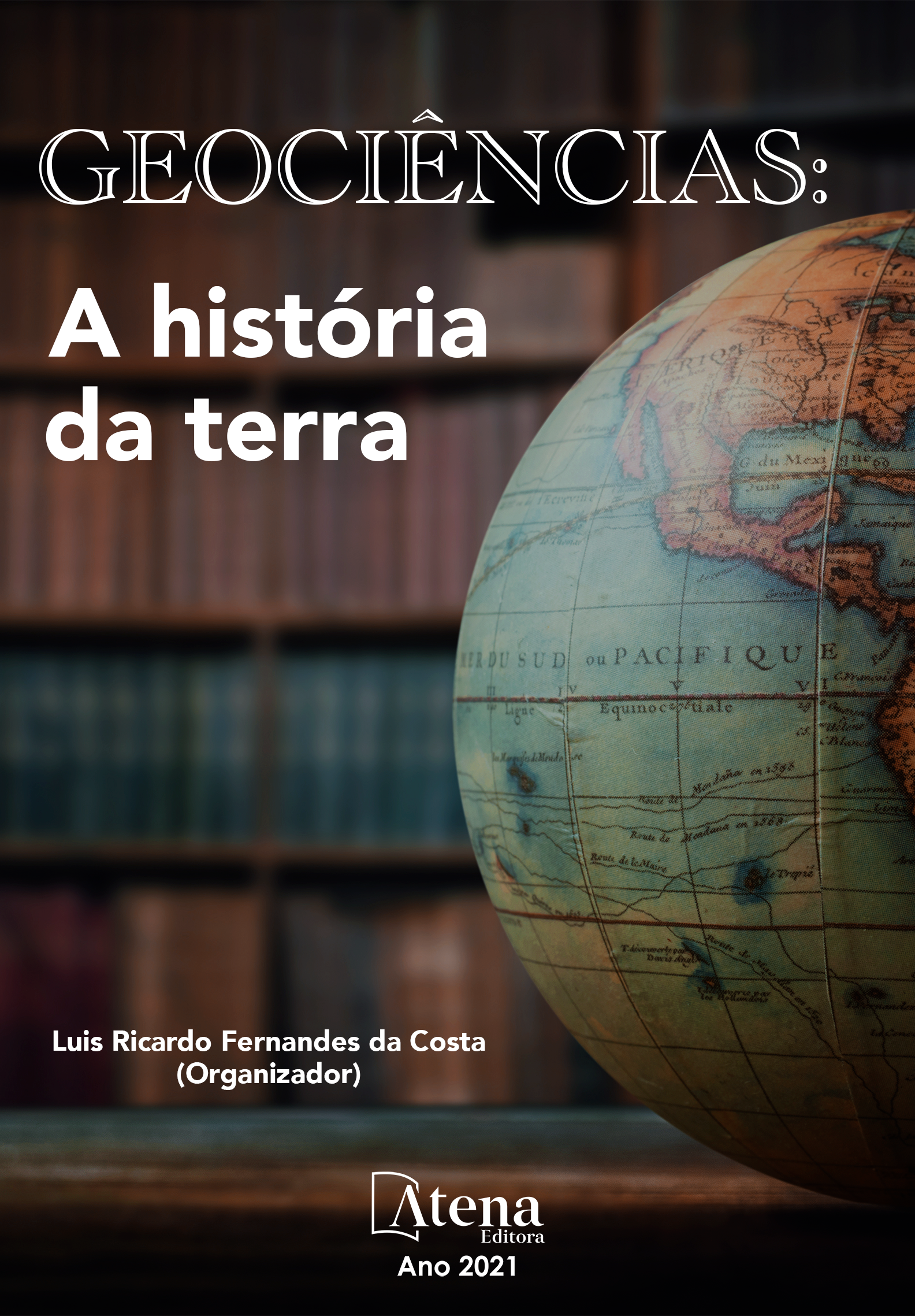
COMPARAÇÃO ENTRE O POSICIONAMENTO POR PONTO PRECISO E DIFERENTES MÉTODOS DE POSICIONAMENTO
Ao longo dos anos diversas pesquisas científicas têm sido desenvolvidas com o intuito de explorar o potencial de diversos tipos de levantamento geodésico. O objetivo desta pesquisa concentrou-se em verificar se há divergência entre os resultados dos diferentes tipos de métodos de posicionamento GNSS, como entre o Posicionamento por Ponto Preciso (PPP) e método relativo, e entre PPP e Posicionamento por Ponto (PP). Como metodologia, escolheu-se a data do arquivo de observação da estação e do seu relatório de maneira aleatória, respeitando o intervalo estipulado pela equipe. Em seguida utilizando o serviço online para pós-processamento de dados GNSS pelo método de Posicionamento por Ponto Preciso (PPP), do IBGE foram informados os arquivos rinex, para obtenção de coordenadas referenciadas ao Sistema de Referência Geocêntrico para as Américas (SIRGAS 2000) e ao International Terrestrial Reference Frame (ITRF). Posteriormente, o rinex original da estação sofreu uma nova modificação e foram excluídas as observáveis L1, L2 e P2, preservando-se apenas a pseudodistância e gerando um novo arquivo após o seu processamento. Os resultados deste projeto foram analisados em forma de gráficos e tabelas.
COMPARAÇÃO ENTRE O POSICIONAMENTO POR PONTO PRECISO E DIFERENTES MÉTODOS DE POSICIONAMENTO
-
DOI: 10.22533/at.ed.2032101068
-
Palavras-chave: PPP; RBMC; geodésia; posicionamento; GNSS.
-
Keywords: PPP; RBMC; geodesy; positioning; GNSS.
-
Abstract:
Over the years, several scientific research has been developed in order to explore the potential of various types of geodesic survey. The objective of this research was to verify whether there is divergence between the results of the different types of GNSS positioning methods, such as between Precise Point Positioning (PPP) and relative method, and between PPP and Point Positioning (PP). As methodology, we chose the date of the station observation file and its report at random, respecting the interval stipulated by the team. Then using the online service for gnss data post-processing by the Method of Precise Point Positioning - PPP, ibge files were informed to obtain coordinates referenced to the Geocentric Reference System for the Americas (SIRGAS 2000) and the International Terrestrial Reference Frame (ITRF). Subsequently, the original rinex of the station underwent a new modification and the observable L1, L2 and P2 were excluded, preserving only pseudodistance and generating a new file after its processing. The results of this project were analyzed in the form of graphs and tables.
-
Número de páginas: 11
- Marcus Vinicius Zamorim da Costa
- Samuel Salin Gonçalves de Souza
- Patrick Rafael Silva Corrêa
- Júlio Anderson Araujo Pereira
- Emerson Ricardo Barros Pires
- Wendell Fonseca Pinheiro
- Karen Patricia Macedo Cesário
- Nathalia de Souza Lima
- Wanessa Dias Alves
- Maria Luiza de Castro Garcia
- Juliana Tamires Ferreira Kizahy Nagem


